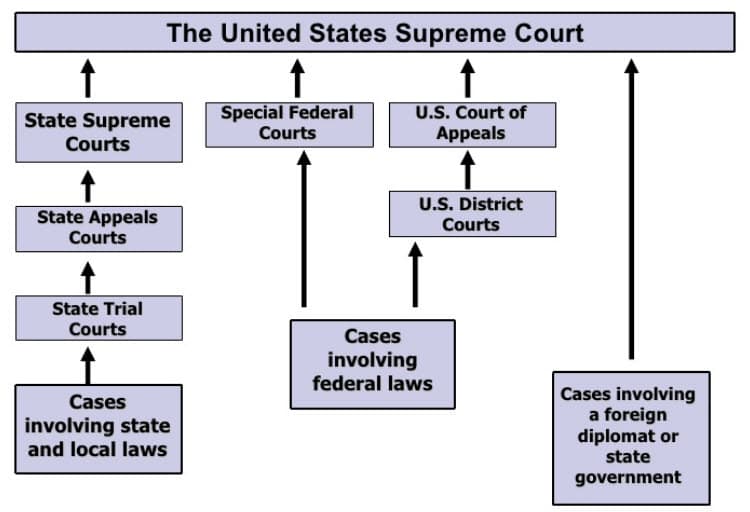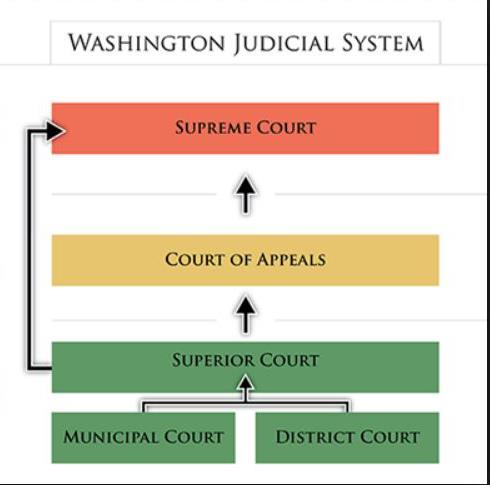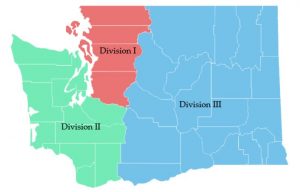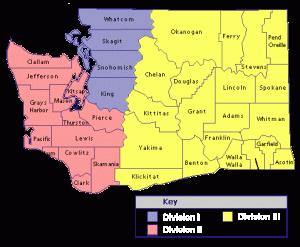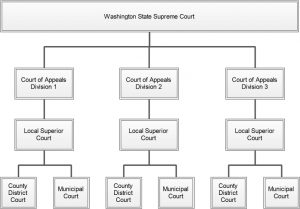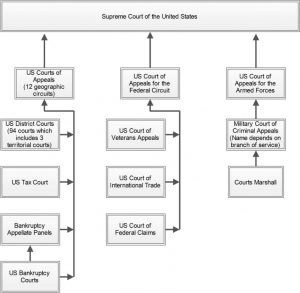Reading and understanding an appellate case can be a daunting task for the uninitiated. Although the Center has summarized the cases relevant to service of process it is still valuable to be able to read and understand the cases themselves. The Center has developed this guide to assist you.
Please note that the cases presented on this site are offered up as summaries and not as formal legal briefs. The emphasis is on how the court’s decision impacts the process server. As often as possible the full decision is either attached as a pdf document or a link is provided which will take you to the full decision.
Though you will find some variation, most of the case summaries are presented in the following manner.
Facts of the Case
Here you will find a summary of the pertinent facts in the case. It will show the nature of the litigation, who sued whom, based on what occurrences, and what happened in the lower court/s. The facts are often conveniently summarized at the beginning of the court’s published opinion.
The fact section will usually include the following elements:
A brief description of the nature of the case.
A summary of the complaint (in a civil case) or the indictment (in a criminal case) plus relevant evidence and arguments presented in court to explain who did what to whom and why the case was thought to involve illegal conduct.
A summary of actions taken by the lower courts.
Issues of the Case
The issues or questions of law raised by the facts peculiar to the case are often stated explicitly by the court. These can be lengthy and the Center endeavors to summarize them succinctly by identifying key phrases and comments, especially where they relate to service of process.
Issues are often incorporated into the summary in the form of a question which can be answered in a manner which allows for a precise “yes” or “no” answer.
Decisions by the Court
The decision, or holding, is the court’s answer to a question presented to it for answer by the parties involved or raised by the court itself in its own reading of the case. There are narrow procedural holdings, for example, “case reversed and remanded,” and broader substantive holdings which deal with the interpretation of the Constitution, statutes, or judicial doctrines. If the issues have been drawn precisely, the holdings can be stated in simple “yes” or “no” answers or in short statements taken from the language used by the court.
Reasoning by the Court
The reasoning, or rationale, is the chain of argument which led the judges in either a majority or a dissenting opinion to rule as they did.

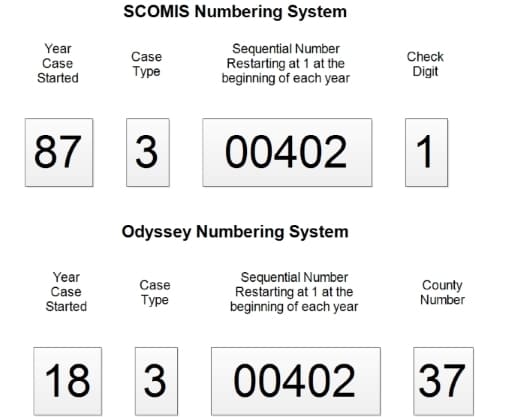
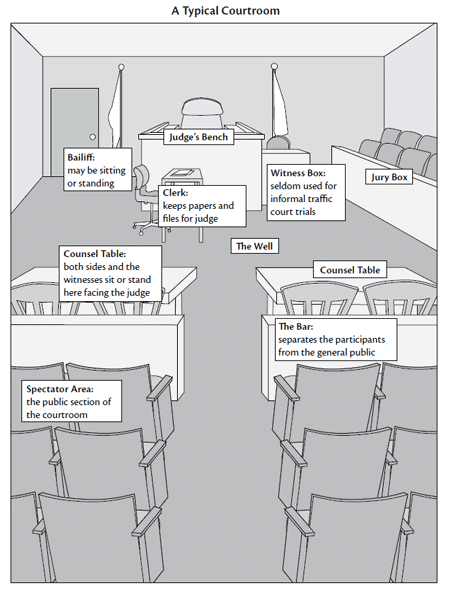 This is a rough diagram of a typical courtroom in the state of Washington. Courtrooms vary a great deal from city to city and county to county but they all have the same basic structure.
This is a rough diagram of a typical courtroom in the state of Washington. Courtrooms vary a great deal from city to city and county to county but they all have the same basic structure.